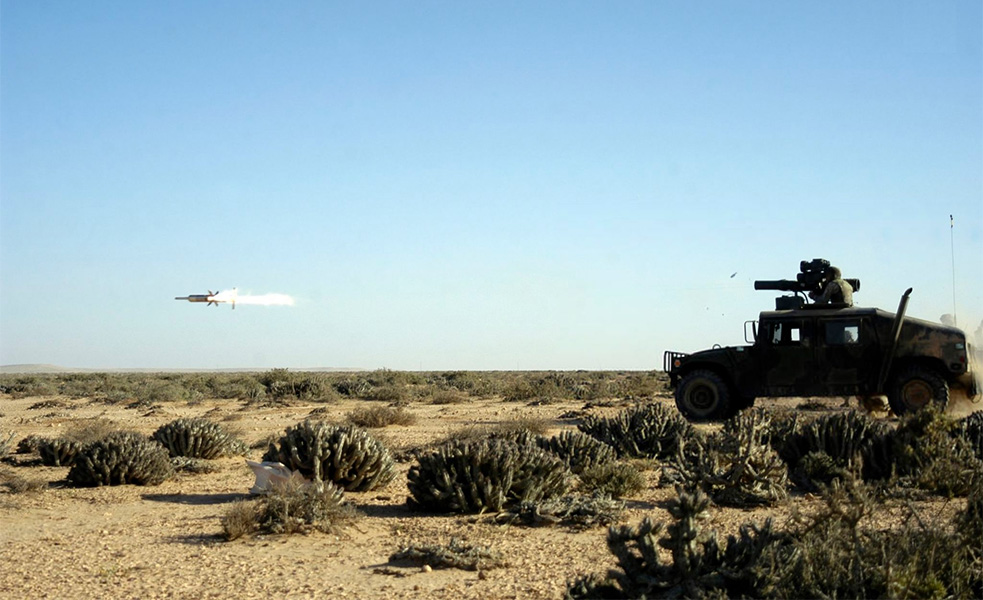Although it’s hard for the majority of Americans to comprehend, there are many areas in the world where missile alert systems are a fact of everyday life. Consider Israel, which on a daily basis is confronted with some 50,000 Hezbollah and Hamas rockets in southern Lebanon and the Gaza Strip. To counter this threat, Israel deployed an anti-missile system called Iron Dome, which uses a general purpose alarm system. The problem with this system is that whenever a launch is detected, the alarms sound across entire cities, rather than in the expected point of impact. As a result, the alarms trigger extreme anxiety in large sections of the population, while incoming rockets only impact small geographic areas.
To mitigate such “general alarm” scenarios and provide more accurate warnings for its own troops, the U.S. Army developed the C-RAM (Counter Rocket Artillery and Mortar) Smart Alert System, which triggers an alert only to the expected impact area, and not the general population. The system uses radar to detect a launch and then calculates where the projectile will impact, and then communicates with a system of alarm towers via a mesh network. Such systems are currently deployed in both Afghanistan and Iraq, and can be upgraded to sense and alert for radioactive, chemical and biological weapons.
Although the C-RAM system has been offered to Israel, it has been perceived by some as a competitive system to Iron Dome. In actuality, it is complementary, and simply provides more accurate warnings, while the Iron Dome system’s intercept missiles do the heavy lifting in the equation. With time, hopefully Israel will realize that C-RAM can be readily integrated with Iron Dome to increase its effectiveness.
To increase the effectiveness and security of a system such as C-RAM, particularly when protecting large urban areas, multi-frequency mesh is essential. Single-radio systems are subject to jamming and other forms of interference, and a multi-channel warning system provides a level of redundancy to combat such interruptions.
By leveraging and integrating available best-of-breed technologies such as these, governments and armed forces can more effectively protect their civilians and troops, and reduce the uncertainty and anxiety associated with unnecessary or failed alarms.













